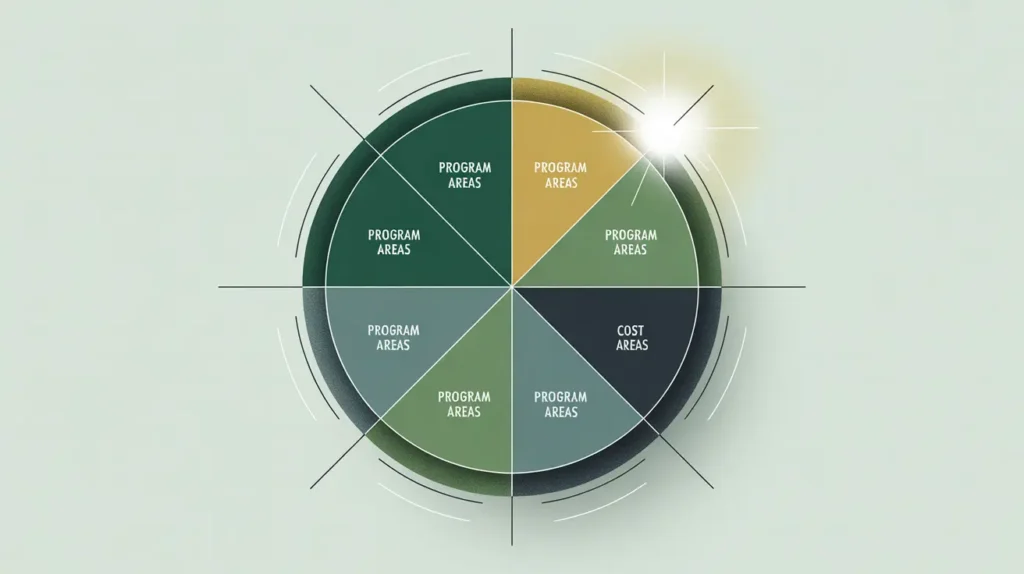Importance of Lifecycle Costs (Program Lifetime Costing)
Lifecycle costs capture the full cost of a program from inception to closure, rather than focusing only on annual budgets or short-term expenditures. This matters because programs often involve costs that appear at different stages. Design, setup, scale, maintenance, and exit are all easy to overlook in traditional budgeting. For nonprofits in social innovation and international development, lifecycle costing is particularly critical when planning multi-year interventions, infrastructure projects, or technology-enabled solutions, where sustainability depends on anticipating long-term obligations. Boards and donors view lifecycle costing as a marker of strategic foresight and responsible stewardship.
Definition and Features
Lifecycle costs (program lifetime costing) are defined as the total cumulative financial resources required to design, implement, operate, and close a program over its entire duration. Key features include:
- Phases: design and planning, startup, implementation, monitoring, scaling, and closure/transition.
- Cost Components: capital investments, staffing, training, maintenance, technology, compliance, and exit costs.
- Holistic View: considers both direct and indirect expenses across the program’s life.
- Sustainability Lens: enables organizations to evaluate affordability and long-term impact.
Lifecycle costs differ from annual budgets by focusing on the entire arc of the program, often extending beyond donor funding periods.
How This Works in Practice
In practice, nonprofits apply lifecycle costing during program design and donor negotiations. For example, a water and sanitation project may include $1 million for infrastructure, $500,000 for training and maintenance over ten years, and $100,000 for decommissioning at closure. Finance teams model these costs upfront to ensure adequate funding and sustainability. Program managers use lifecycle costing to advocate for donor support in areas often overlooked, such as maintenance or exit. Boards may review lifecycle models to assess risks of underfunding and to inform long-term strategy.
Implications for Social Innovation
For nonprofits in social innovation and international development, lifecycle costing ensures that programs are designed not just to launch but to endure and close responsibly. Transparent reporting reduces information asymmetry by clarifying the full financial picture, including hidden or future costs that may otherwise be ignored. Donors gain confidence knowing that their investments will have sustained impact without leaving communities unsupported when funding ends. By adopting lifecycle costing, nonprofits can improve program design, avoid funding gaps, and strengthen accountability for long-term outcomes and systemic change.







